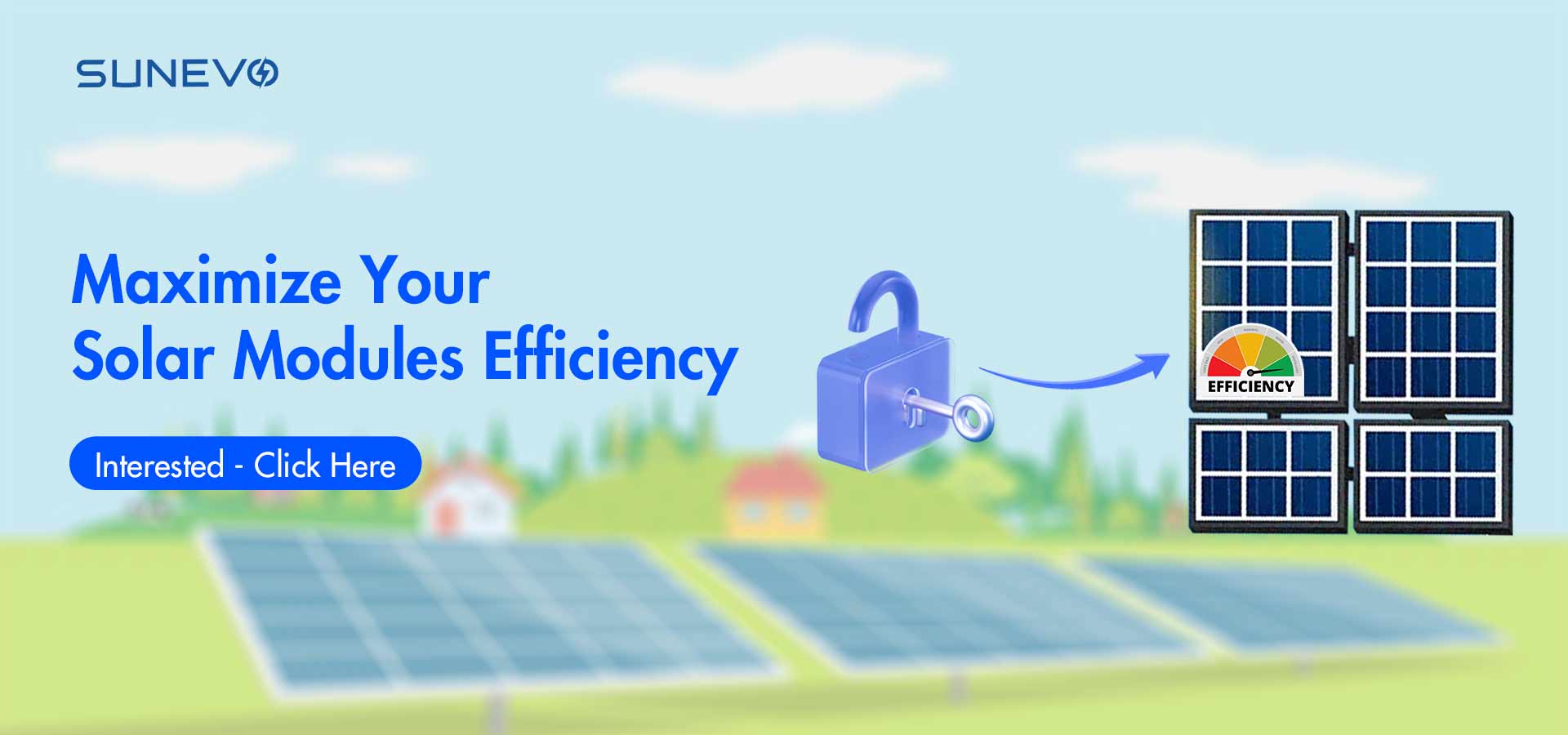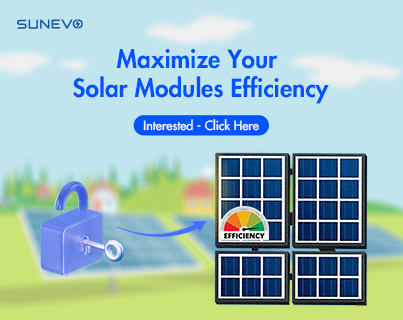

Solar panel efficiency is not just a technical term tossed around by scientists and engineers. It is a crucial element that determines how much energy can be produced from the sun. The efficiency of your solar panel directly affects the amount of energy savings you can make, as well as your contribution towards reducing environmental impact. By improving this efficiency, customers can reap more benefits in terms of energy cost savings and sustainable living. This blog post aims to provide an in-depth discussion on how you can unlock your hidden solar panel efficiency and enhance your solar power experience.
Understanding Solar Panel Efficiency:
Before we delve into the methods of boosting solar panel efficiency, it's crucial to understand what it is. Solar panel efficiency refers to the proportion of the sun's energy that a solar panel can convert into usable electricity. It's typically measured as a percentage, with higher percentages indicating more efficient panels. For instance, a panel with a 20% efficiency rate will convert 20% of the solar energy it receives into electricity.
The efficiency of solar panels is affected by several factors, including temperature, shading, and dust accumulation. High temperatures can decrease panel performance, while shading and dust can obstruct the sunlight hitting the panels. Hence, regular maintenance and monitoring are essential to ensure your panels are working at their optimal efficiency. As a solar module supplier, we understand the importance of maximizing panel efficiency for the best results. This is why we provide detailed guidelines and support to our customers, helping them get the most out of their solar installations.
Method 1: Proper Placement and Orientation:
The placement and orientation of solar panels significantly influence their efficiency. The angle and direction of the panels should be such that they receive maximum sunlight exposure. This means considering the path of the sun across the sky at your specific location and adjusting the panels accordingly.
The ideal placement and orientation can vary based on geographical location and the time of the year. For instance, panels in the Northern Hemisphere should generally face south for maximum sunlight exposure. For those living close to the equator, the panels should ideally face upwards to capture the sun when it is directly overhead. It's also important to adjust the tilt of the panels according to the changing seasons, as the sun's path can vary between summer and winter.
Method 2: Regular Cleaning and Maintenance:
Keeping your solar panels clean is another vital aspect of enhancing their efficiency. Dust, bird droppings, leaves, and other debris can accumulate over time, blocking sunlight and reducing the amount of energy your panels can produce. Regular cleaning using soft brushes or specialized cleaning equipment can help maintain panel cleanliness and performance.
In addition, regular maintenance helps identify and rectify any issues that may affect your panels' efficiency, such as loose wiring or damaged cells. By conducting periodic inspections and arranging for professional servicing, you can ensure that your solar panels are in optimal working condition. Remember, the cleaner and well-maintained your panels are, the better they will perform.
Method 3: Minimizing Shading:
Shading is another factor that can significantly reduce your solar panels' efficiency. This is because shading blocks sunlight, preventing it from reaching your panels. It could be due to nearby buildings, trees, or even the shadow of a chimney or antenna.
You can minimize shading by trimming trees or installing your panels in a location that's free from shadows for most of the day. However, it's not always possible to eliminate shading completely, especially in densely built-up areas or properties with large trees. In such cases, using devices like micro-inverters or power optimizers can help mitigate the impact of shading on the overall performance of your solar system. These devices allow each panel to function independently, so the performance of one does not affect the others.
Method 4: Using Solar Tracking Systems:
Solar tracking systems are innovative devices that follow the sun's path across the sky, optimizing solar panel efficiency by maximizing sunlight exposure throughout the day. Unlike fixed solar panels, these systems ensure that your panels always face the sun, thereby capturing maximum sunlight.
There are different types of solar tracking systems available, each with its own benefits. Single-axis trackers follow the sun's movement from east to west, while dual-axis trackers adjust according to the sun's changing elevation in the sky. Depending on your needs, budget, and geographical location, a solar module supplier can advise on the best system for you.
Method 5: Upgrading to High-Efficiency Panels:
Technology is always advancing, and solar panel technology is no exception. Over the years, higher-efficiency panels have been introduced to the market, allowing for increased power output and better use of space.
Upgrading to these high-efficiency panels can increase the amount of energy your system produces, allowing you to generate more power from the same amount of sunlight. Although the initial cost of these panels might be higher, their long-term savings and improved efficiency make them a cost-effective choice in the long run.
Method 6: Optimizing Inverter Performance:
Inverters play a critical role in solar energy systems. They convert the direct current (DC) electricity produced by your solar panels into alternating current (AC) electricity that can be used in your home.
Choosing the right type of inverter can significantly enhance your system's efficiency. String inverters are a popular choice for many systems, but micro-inverters and power optimizers offer better performance, especially for systems dealing with shading issues.
Regular monitoring and optimization of inverter performance can also ensure optimal energy conversion. This involves checking the inverter's display screen for any error messages or unexpected changes in power output, and scheduling regular maintenance checks.
Last But Not Least:
Boosting and unlocking your hidden solar panel efficiency involves understanding the concept of solar panel efficiency, ensuring proper placement and orientation of panels, maintaining regular cleaning and maintenance routines, minimizing shading, using solar tracking systems, upgrading to high-efficiency panels, and optimizing inverter performance. Implementing these methods can significantly increase your energy production and savings.
As a proactive solar system owner, you have the power to improve your solar panel efficiency and reap its numerous benefits. With this detailed guide, we hope you'll be well-equipped to make the most out of your solar energy system and contribute positively to a sustainable future.